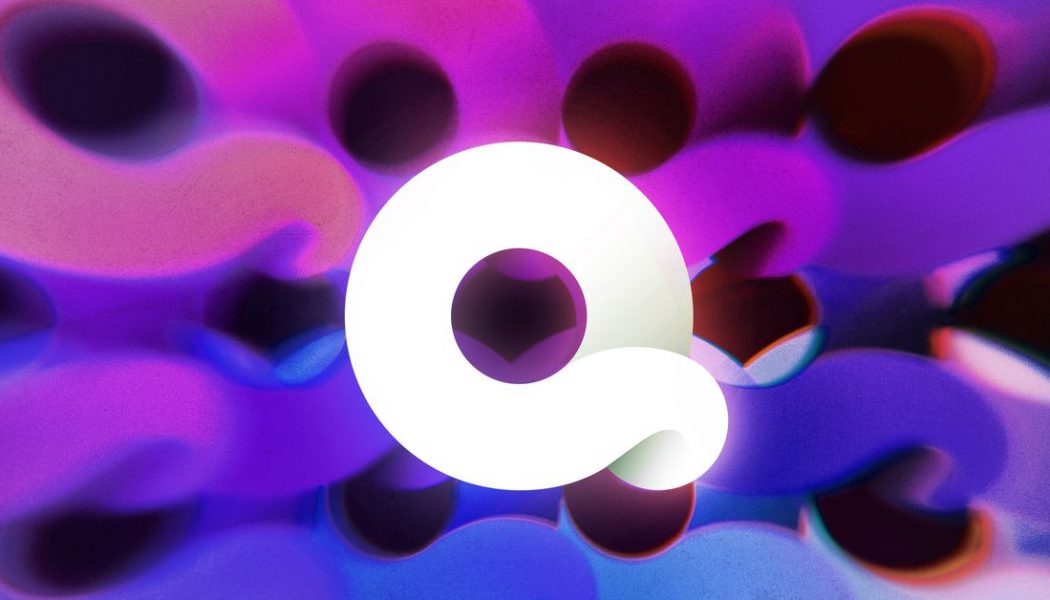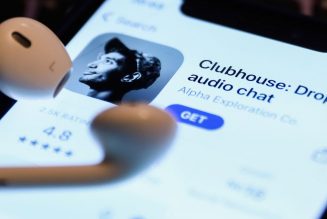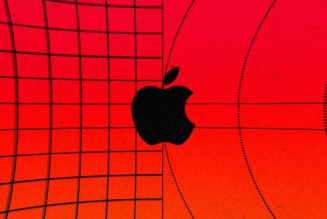
To say that Quibi is off to a disastrous start would be an understatement. Co-founder Jeffrey Katzenberg attributes “everything that has gone wrong to coronavirus,” he told The New York Times in a new interview published on Monday. But Katzenberg is hopeful that rolling out new features will help, including giving subscribers the ability to share content from Quibi shows on social media.
When Quibi launched at the beginning of April, the app blocked sharing to platforms like Twitter, Facebook, Instagram, TikTok, and Reddit. Now, Katzenberg and the team are working on ways to ensure Quibi is “less walled off from the internet.” People will eventually be able to share Quibi content on social media, but there’s no estimated time frame for when that feature will become available.
(Disclosure: Vox Media is partnered with Quibi on two shows and there are discussions for a Verge show in the future.)
“There are a whole bunch of things we have now seen in the product that we thought we got mostly right,” Katzenberg said, “but now that there are hundreds of people on there using it, you go, ‘Uh-oh, we didn’t see that.’”
People also couldn’t take screenshots inside the app. Although that restriction isn’t unique to Quibi (Netflix and Disney Plus deal with the same problem in their mobile apps), without a desktop version of the app for people to watch Quibi shows on, the only way for people to share scenes was to use another phone to record the episode playing. So that’s what people did, managing in some cases to go viral. It’s unclear if people will be able to screenshot or if Quibi will allow direct sharing of clips from the app to various social media apps. The Verge has reached out for more information.
Another feature coming to Quibi’s iOS app this week is the ability to stream shows and “movies-in-chapters” on TV screens. There’s no further explanation for how people will do this — considering the feature is rolling out to iOS first, the implication would be that it’s using AirPlay. Android users might have to wait a bit longer for Chromecast support. The bigger-screen experience was always part of the plan, but CEO Meg Whitman has admitted in the past that if they knew COVID-19 was going to happen, they might have launched with the feature.
It’s also unclear if or how the “turnstyle” technology — the bread-and-butter behind Quibi’s pitch to subscribers that orients videos based on how you hold your phone — will work if it’s playing on a television set, which cannot be rotated.
Right now, the goal seems to be getting more people talking about and watching Quibi: social media can help turn Quibi shows into viral memes (see: Netflix’s Tiger King), and allowing people to watch shows on their television gives subscribers another viewing choice. Quibi currently has about 3.5 million app downloads and 1.3 million active users, according to Katzenberg.
That’s a far cry from Disney Plus’ nearly 55 million subscribers and YouTube’s more than 2 billion monthly users, 70 percent of which use the app on their phone. Quibi isn’t available globally (like YouTube) and doesn’t have a library of popular intellectual property (like Disney), which makes growth more difficult.
Its shows haven’t received positive reviews, and interest in the streaming service has plummeted since its initial launch on April 6th. Comparatively, most other streaming services have seen an uptick in views. People don’t seem interested in Quibi, and that’s the issue Katzenberg is trying to fix. Whether the novel coronavirus is entirely to blame, as Katzenberg suggested, is questionable. Industry insiders argued before Quibi’s launch that it would be difficult trying to sell a product in a highly competitive market that didn’t seem like it was particularly needed.
But Katzenberg acknowledged the team is far from happy with the results. “Is it the avalanche of people that we wanted and were going for out of launch?” Katzenberg told the Times. “The answer is no. It’s not up to what we wanted. It’s not close to what we wanted.”








